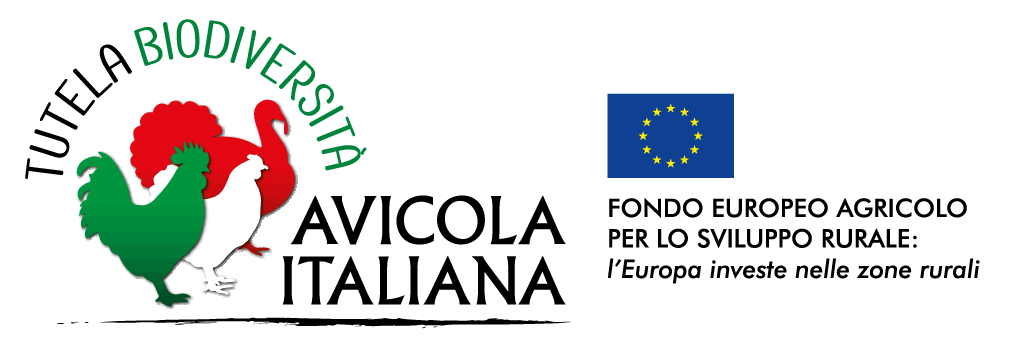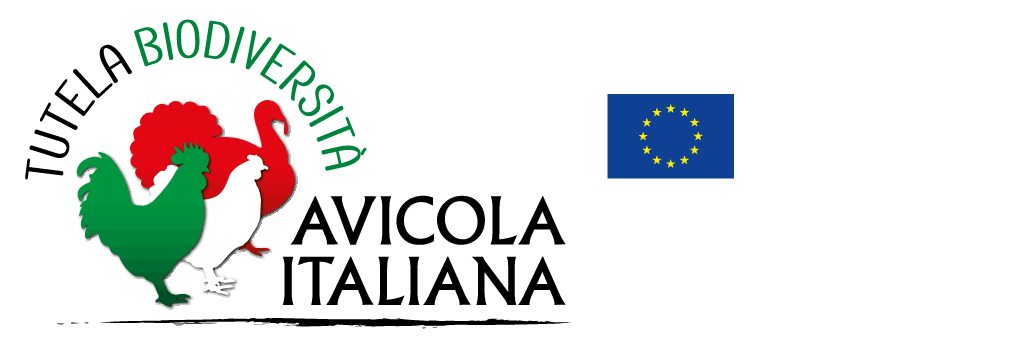Padovana
Synonyms or local names: Padovana dal gran ciuffo
Geographic origin: Veneto (Padua), but with northern-European origin
Geographic distribution: Veneto
Estimated total population size: 1180 (Castillo et al., 2021)
Extinction risk status (FAO, 1998): Not at risk
Any other specific information: Tufted breed, fancy breed
Historical origin of the breed
This breed is described and drawn by Ulisse Aldovrandi (1600) in his work “Ornithologiae”. Other essays from 1500s mention the presence, in Padua surroundings, of a popular and productive chicken breed. The origin of this breed is uncertain, it probably arrived to Italy from Poland in 1300, perhaps by the noble Giovanni Dondi Dell’Orologio, from Padoua, an eminent doctor and astronomer, who was fascinated by the beauty and elegance of those chickens, at the time considered as luxury birds. However, the origin is intertwined not only with the Polish chicken, but also with other European tufted breeds, such as the Dutch and the Houdan. Several publications on poultry production from the XIX and XX centuries described the Padovana breed, giving many details about its characteristics. Throughout the XX century the population size gradually decreased, as this breed was reared only by few amateur farmers.
Historically, these chickens were reared outdoors, on pasture, and fed maize. The Padovana breed persisted over time not only for the beauty of the birds, but also for the quality of the meat, including capon, which inspired many historical cooking recipes, of both popular and noble tradition.
The breed is suitable for the valorisation of typical productions of the Veneto region.
It is included in the National Plan on Biodiversity in Agriculture, and in the Atlas of Traditional Agri-food Products of the Veneto region (Atlante dei Prodotti Agroalimentari Tradizionali del Veneto). It is a Slow Food presidium and its reference organisation is the Pro Avibus Nostris association.
Bibliography
ITALIAN STANDARD OF POULTRY BREEDS Manual. FIAV, 2013-14
Pictures from the archives of Prof. Gabriele Baldan and Prof. Massimo De Marchi.
Qualitative morphological traits
Feather morphology: Normal
Feather distribution: Normal, with a tuft on the top of the head, on the cranial hernia, and a well developed beard
Plumage structure: Adherent, with rounded feathers; abundant down; abundant hackle feathers
Plumage colours: Silver laced, White, Blue laced, Chamois (Buff laced), Golden laced, Ermin, Fawn, Pearl grey, Lemon laced, Black, Cuckoo, Tricolour (Tollbunt).
As the breed has also ornamental purposes, a constant selection is performed to obtain birds with varied colours (e.g. Black mottled, Golden with blue lacing, …) and dilutions (Silver with “ghost” lacing, Dark brown silver, …)
Colour features: Single colour or bi-colour depending on the plumage colour, with sexual dimorphism
Patterns of the most widely recognized colours:
Silver laced: white ground with black lacing; in the male, front of the neck, breast, and legs, belly and upper part of the back, with every feather white in the middle with a black edging with green sheen, as narrow as possible. In the tuft, cape and saddle the feathers have a central part silver white and a black edging in the final half; the rachis is white down to the basis. Feathers of the beard black with centre more or less white. Wing coverts silver white with slight black marking in the shape of an arrow point. Primaries and secondaries white, outer barbs with black edging, inner barbs with black traces. Main wing coverts white with black edging with green sheen. Tail as pure white as possible, especially in the sickles, with black edging on every feather. Black traces tolerated at the basis of the tail feathers. Lesser sickles close to the saddle marked with the same pattern. In the female, every feather silver white in the middle, with narrow black edging with green sheen. Tuft white with regular black edging. In tuft and cape a very thin white edging on the feathers is tolerated. Black beard with centre of the feathers more or less white. Dark grey down. Beak blue grey. Shanks blue grey.
White: overall pure white plumage, brighter in the male. White down. Beak blue grey or flesh coloured. Shanks blue grey or flesh coloured.
Blue laced: overall pigeon blue plumage, every feather with a black/blue edging. In the male, cape, back, wing coverts and saddle fade into black/blue. In the female, cape dark blue. Down dark grey. Beak blue grey. Shanks blue grey.
Chamois (buff laced): buff ground with white lacing; the pattern of the marking is the same as in Silver laced. The colour of the edging is cream white. Instead of silver white the colour is chamois in leather tone. In the male, colour of cape and saddle is a more intense chamois; tuft and wing coverts are even darker. Beard cream white verging on white, with the center of the feather more or less chamois. Down cream. Beak blue grey. Shanks blue grey.
Golden laced: golden-bay ground with black lacing; the pattern of the marking is the same as in Silver laced. The colour of the edging is dark golden ochre, that is darker in tuft, cape and saddle of the male. Beak blue grey. Shanks blue grey.
Pearl grey: overall uniform light soft grey, rachis included. In the male, cape and saddle feathers a little darker are admitted. Down light grey. Beak blue grey. Shanks blue gray.
Black: overall intense black plumage, with strong bright green sheen in the male. Down black. Beak blue grey to black. Shanks blue grey to black.
Cuckoo: ground colour black marked with a light blue regular barring that is slightly arched and not too precise. Rachis regularly barred like the feather. Down regularly barred like the remainder of the plumage. Beak whiteish grey; flesh colour admitted. Shanks whiteish grey with grey veiling.
Chick plumage colour:
Silver laced: dark grey, streaked with white
Chamois: yellow down
Golden laced: brown, streaked with yellow
Comb type: Absent, replaced by a tuft with long feathers
Ear-lobe colour: Very small, covered by tuft and beard; pure white to blueish white, sometimes streaked with red
Beak colour: Whiteish grey to blue/grey to black depending on the plumage colour
Iris colour: Brown; orange-red in the White and the Cuckoo
Muffs: Present, covering the face
Beard: Present, very pronounced, covering the throat
Tuft: Present, full and wide. In the male it is large, round, with long, narrow and pointed feathers, falling back, on the nape; it does not cover the eyes. In the female it is round, full, cascading over the eyes.
Skin colour: White
Shank colour: Slate blue in various intensities depending on the plumage colour
Shank feathering: Free from feathers
Skeletal variants: Prominent nostrils
Other specific and distinct visible traits: Cranial hernia, evident in the chick, then covered by the tuft; ear-tufts
Quantitative morphological traits

Genetic traits
Characterisation of the breed with Single Nucleotide Polymorphisms (SNPs)
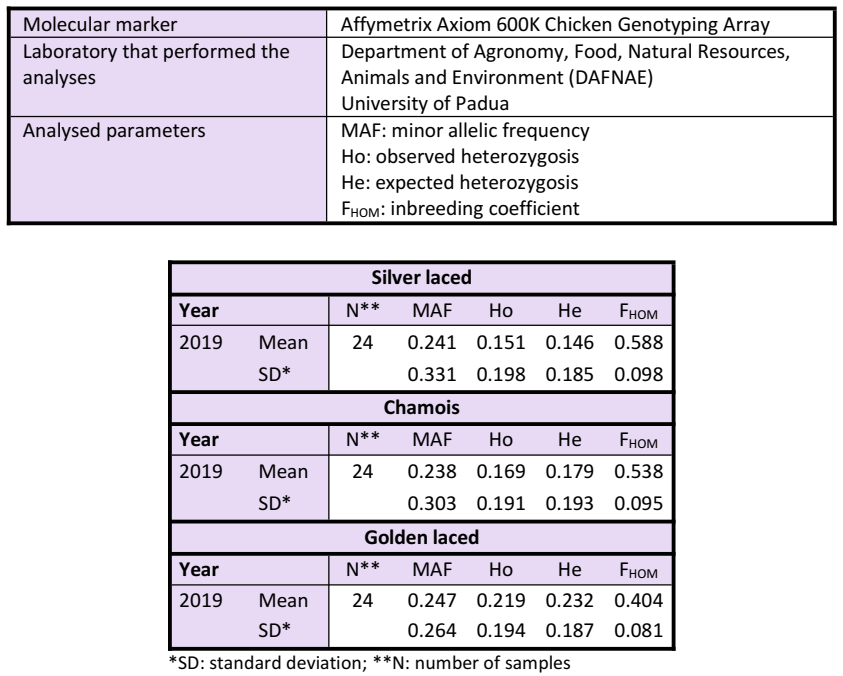
Characterisation of nucleus populations with microsatellites
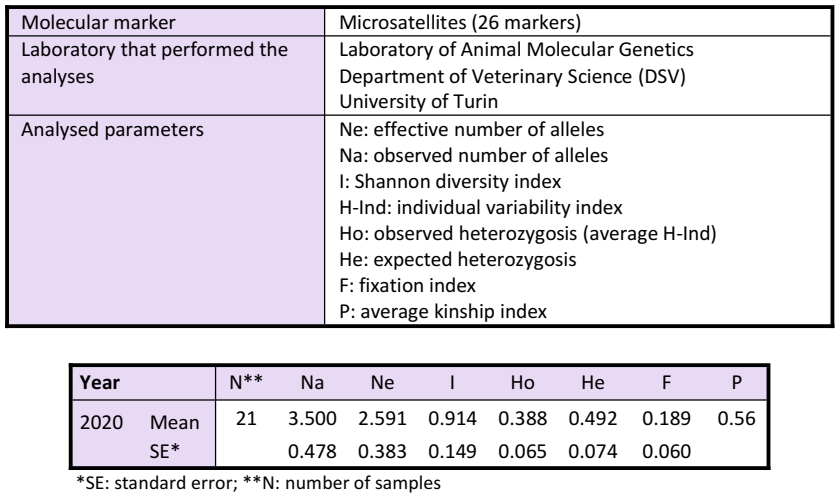
Reproductive and productive quantitative traits
Oviposition, brooding and incubation data
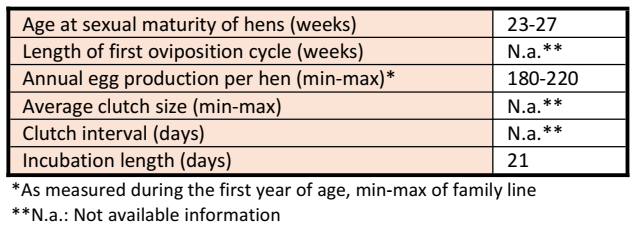
Reproductive traits

Egg-quality traits

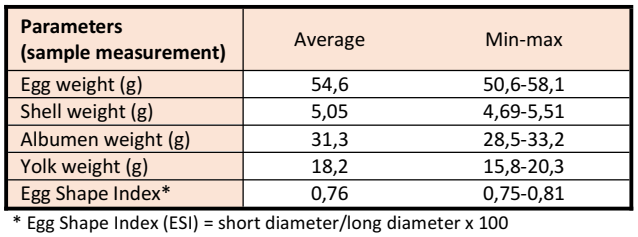
Rearing traits
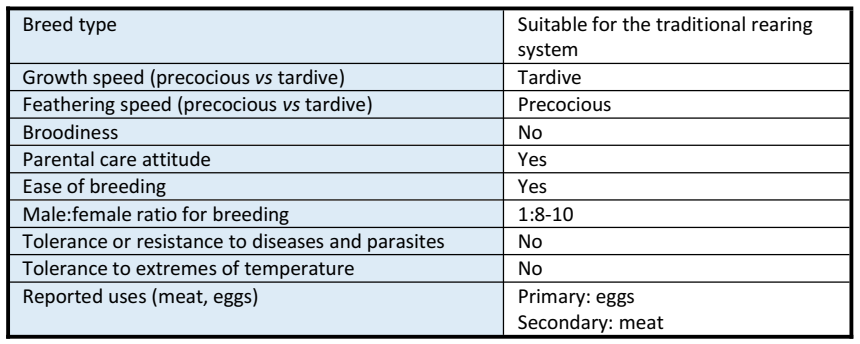
The presented data were registered in the nucleus populations of Silver laced, Chamois, and Golden laced Padovana breed conserved at the “Sasse Rami” Experimental Farm, in Ceregnano (Rovigo).
The data are presented by breed and, for some traits, by colour.
Technical data sheet
(The layout of the data sheet is ready for the booklet format. Print on both sides of paper, selecting “flip on short edge”.)
Germplasm collection
The breed has yet to be conserved in our Cryobank.
Latest update: August 22nd, 2024
